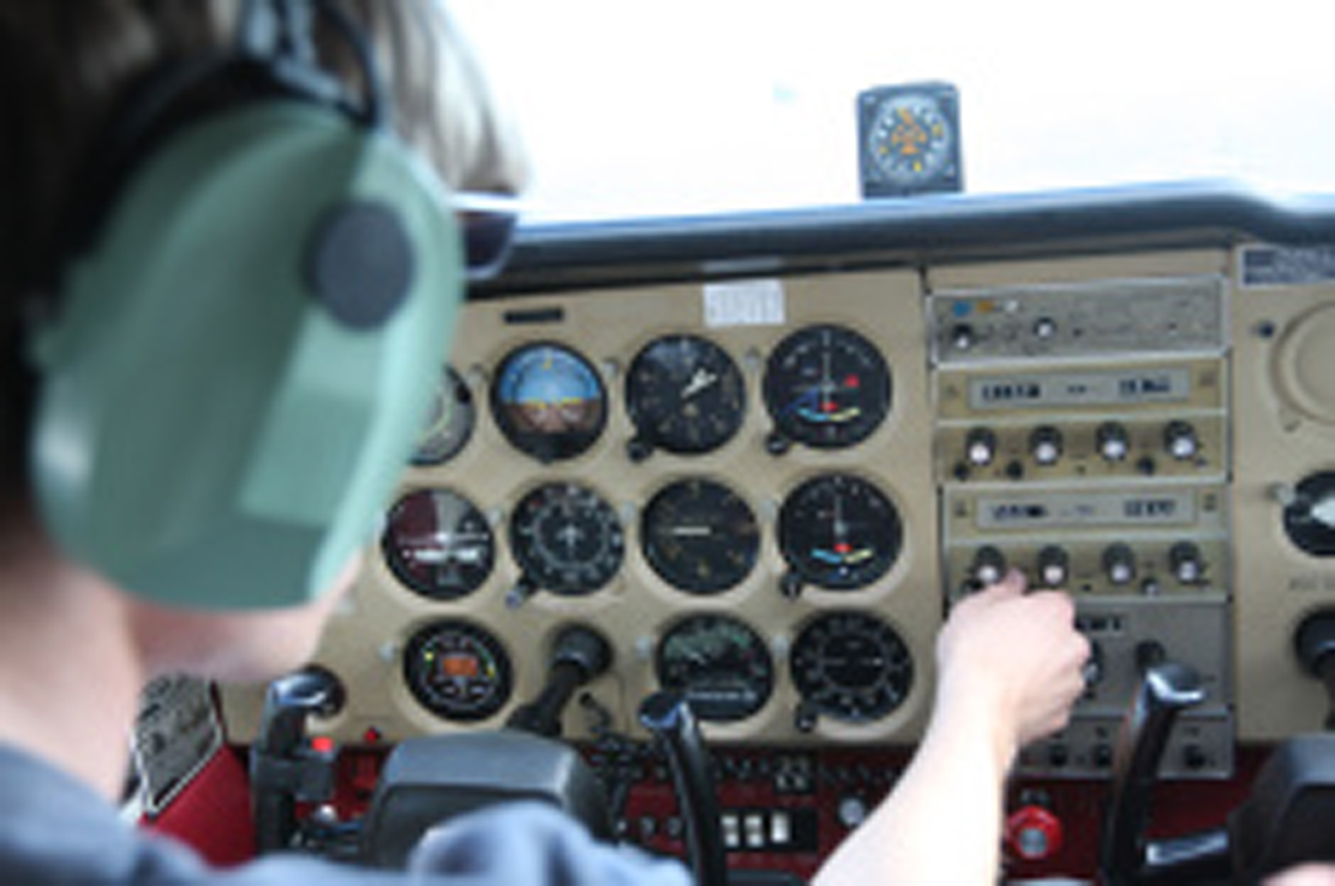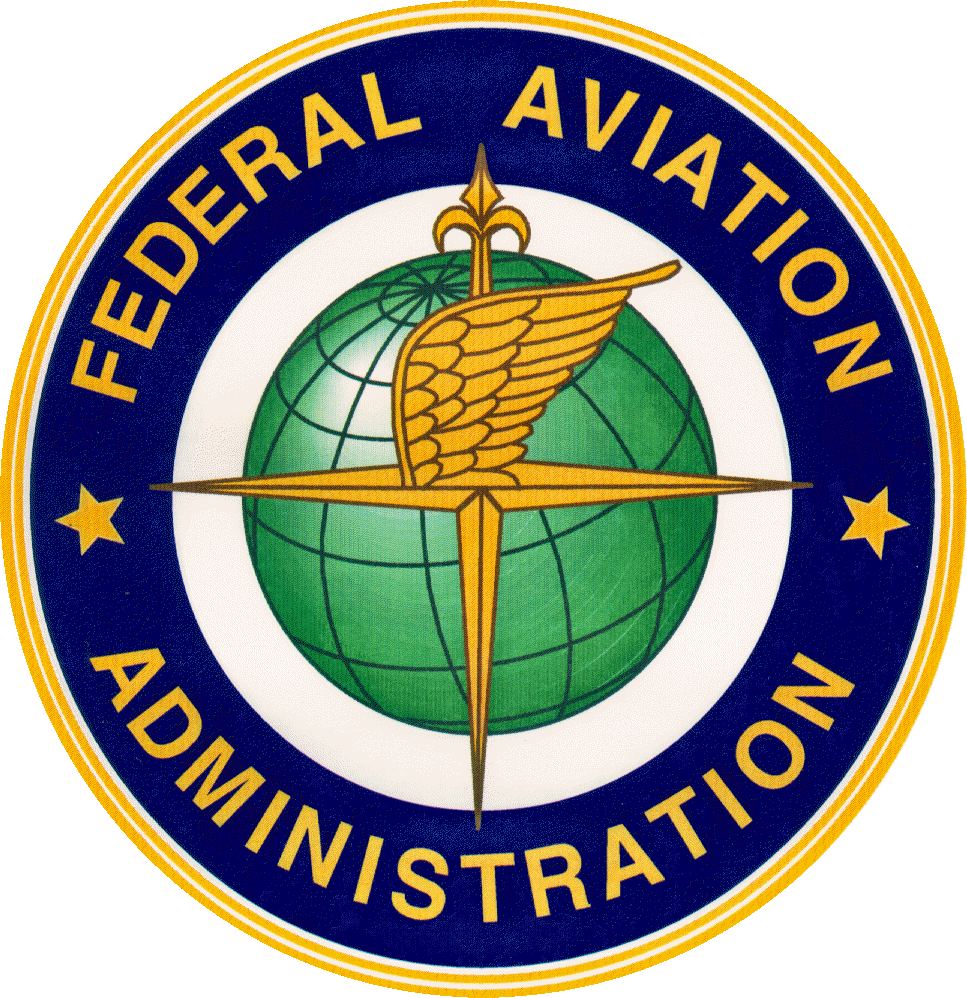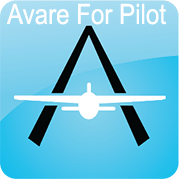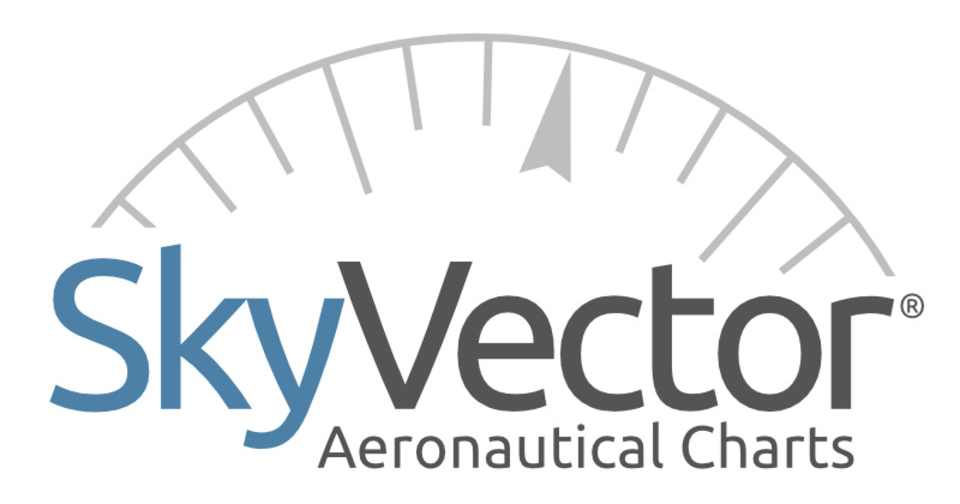Commercial Pilot ( CPL )
Commercial Pilot ( CPL )
CPLA commercial pilot may be compensated for flying. Training for the certificate focuses on a better understanding of aircraft systems and a higher standard of airman-ship.
The commercial certificate itself does not allow a pilot to fly in instrument meteorological conditions. For aircraft categories where an instrument rating is available, commercial pilots without an instrument rating are restricted to daytime flight within 50 nautical miles (93 km) when flying for hire.
Like the instrument rating, a commercial certificate is beneficial for both career-oriented pilots as well as hobbyists. The commercial training refines a pilot’s skills, resulting in more precise flying. This inevitably adds an extra level of safety for the pilot and his / her passengers. Perhaps the greatest benefit of this certificate is the ability to fly for hire (receive compensation for flying).
CPL Course
Conventional Piper PA-28-161 - Garmin-430
Estimated Cost
$ 9990
- 10/h TAA/Complex Flight
- 10/h PA-28 Flight
- 15/h Ground Instruction
- FAA Check-Ride ($ 850)
- FAA Written Exam ($ 175)
- Pilot Study Kit & Books ($ 200)
- Time Building 50/h ($ 7500)
Note: Estimated prices are based on the FAA minimum requirements

Privileges
Fly for hire
Requirements (Part 61)
General
Ability to read, write and speak English
Ability to pass an FAA medical examination
Age 18 or older to obtain certificate
Flight Experience
Hold a Private Pilot Certificate
250 Hours of total flight time
100 Hours as Pilot in Command
20 Hours of flight training from an authorized instructor
10 Hours of solo flight
5 Hours solo cross-country (at least 50 NM)
150 NM solo cross-country with three full stops (one 50+ NM leg)
3 Takeoffs and 3 landings to a full stop (involving flight in the traffic pattern) at an airport with an operating control tower.
3 Hours of cross-country flight training
3 Hours of night flight training
100 NM total distance cross-country flight
10 Takeoffs and 10 landings to a full stop (each involving flight in the traffic pattern.
3 Hours of instrument training
3 Hours in preparation for the practical test within 60 days prior to the test date.
Pass FAA written examination
Pass FAA check ride
Complex airplane
A commercial airplane pilot must be able to operate a complex airplane, as a specific number of hours of complex (or turbine-powered) aircraft time are among the prerequisites, and at least a portion of the practical examination is performed in a complex aircraft.
Be at least 18 years of age
Hold a private pilot certificate
Be able to read, speak, write, and understand the English language
Accumulate and log a specified amount of training and experience; the following are part of the airplane single-engine land class rating requirements:
If training under Part 61, at least 250 hours of piloting time including 20 hours of training with an instructor and 10 hours of solo flight, and other requirements including several "cross-country" flights, i.e., more than 50 nautical miles (93 km)(25 NM for helicopter rate) from the departure airport (which include Day VFR and Night VFR 100 nmi (190 km) between points, with a time of at least two hours; also one solo cross country of at least 250 nmi (460 km) one way, 300 nmi (560 km) total distance, with landings at three airports) and both solo and instructor-accompanied night flights
If training under Part 141, at least 150 hours of training time including 55 hours with an instructor and 10 hours of solo flight, and other requirements including several cross-country, solo, and night flights
Pass a 100-question aeronautical knowledge written test
Pass an oral test and flight test administered by an FAA inspector, FAA-designated examiner, or authorized check instructo
This certificate does not permit the pilot to set up an operation that carries members of the public for hire; such operations are governed by other regulations. Otherwise, a commercial pilot can be paid for certain types of operation, such as banner towing, agricultural applications, and photography, and can be paid for instructing if she or he holds a flight instructor certificate (In the case of lighter-than-air, only a commercial pilot certificate is required to teach for that category).
To fly for hire, the pilot must hold a second class medical certificate, which is valid for 12 months.
Often, the commercial certificate reduces the pilot’s insurance premiums, as it is evidence of training to a higher safety standard.






